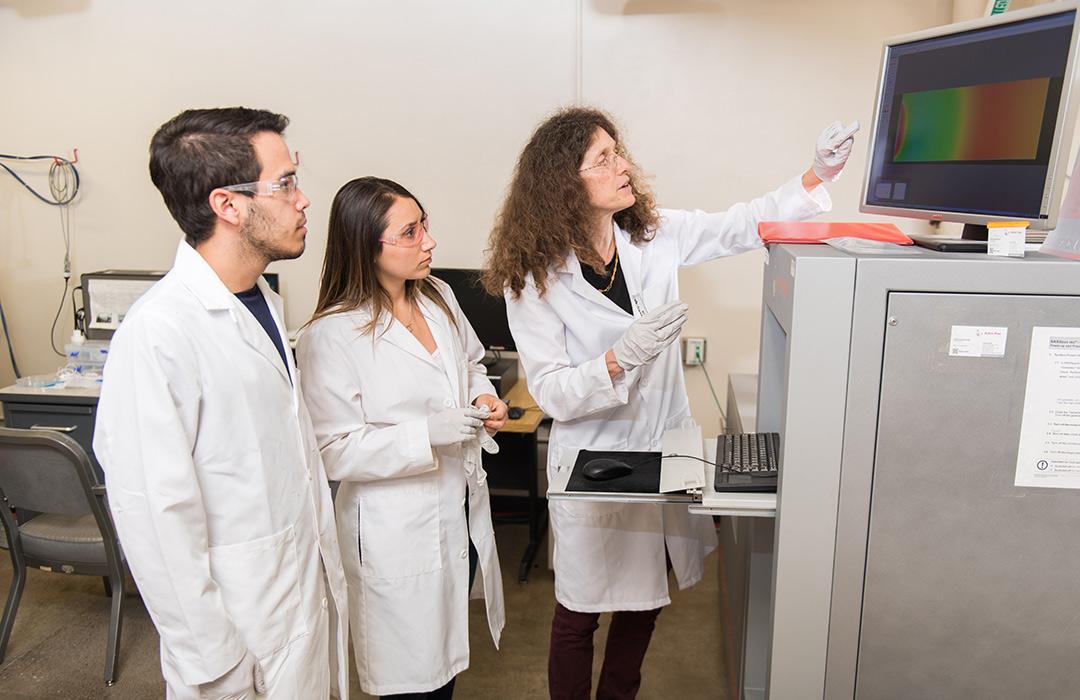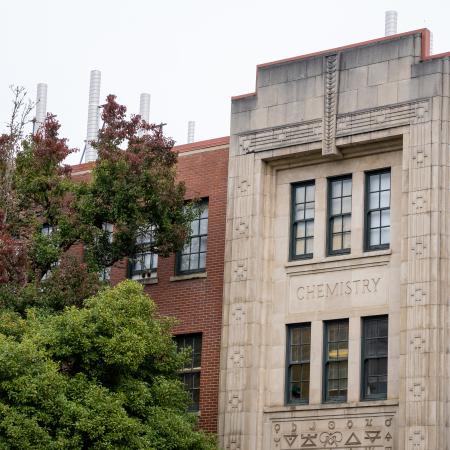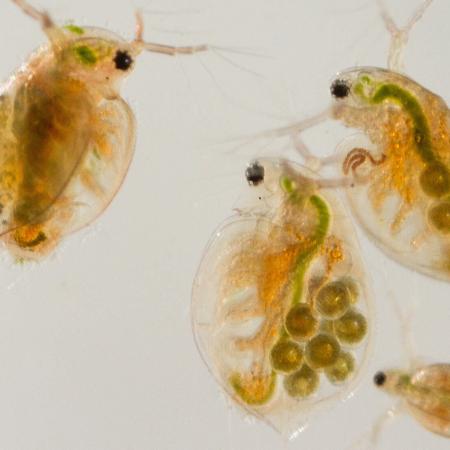The goal of the research is to determine how actinide nuclear material ages, how it travels in the environment in the case of contamination, and how it can be recycled and repurposed (i.e. for nuclear energy). Actinides are all radioactive and include uranium, thorium, and plutonium, elements most commonly used in nuclear reactors and weapons.
Nyman is delighted with her $1 million award, which will allow her to further investigate a long-term “scientific infatuation,” the behavior of metal-oxo (actinide) clusters. Metal-oxo clusters are one form of actinides that the ACE researchers will focus on, investigating their relevancy in complex mixtures for nuclear material recycling, disposal, storage, and, in the case of accidental environmental contamination, cleanup.
The grant lends further momentum to eight-plus years of collaboration between Nyman and colleagues, and also builds on her early work on nuclear waste chemistry at Sandia National Labs. The project involves a close collaboration with the other four grant centers, the University of Notre Dame (the lead), Northwestern University, the University of Minnesota and Washington State University.
In addition to fundamental research, a second major goal of the NNSA grant is to train the next generation of nuclear scientists and engineers to safely conduct future nuclear research and help the nation maintain its leadership position in the safe handling and usage of nuclear materials.
Nyman has not wasted any time on this front; she has already identified two Ph.D. students to work on the ACE grant, Ana Artega and Ian Colliard, one of whom has already started. Artega and Colliard will do internships at one of the four different NNSA Labs where fundamental research is performed as part of their training process: Sandia in New Mexico and California, Los Alamos in New Mexico; Lawrence Livermore in California; and Savannah River in Georgia. The students will work with some of the leaders in the field of nuclear science and collaborate with faculty and students at the other four ACE institutes.
Nyman is very excited about the potential of the NNSA ACE grant to open doors for her students in terms of post-graduation jobs and opportunities. Actinide research is, according to Nyman, "a very exciting focus for young scientists. Few people are working in this area, so there are many discoveries to be made. Because these elements are so heavy, they are a dream to study. They give strong signals by our advanced analytical techniques, including electron microscopy imaging, X-ray scattering and diffraction."
"With this excitement also comes great responsibility," cautions Nyman. "These students must be absolutely vigilant about how they work with the material in the lab. Therefore, they develop excellent lab safety skills.”
Last but not least, there is an urgency and purpose to the ACE research which inspires both Nyman, her students and her colleagues: how the United States as well as other nations store, recycle, and process nuclear materials safely for the long-term health of our people and planet.





